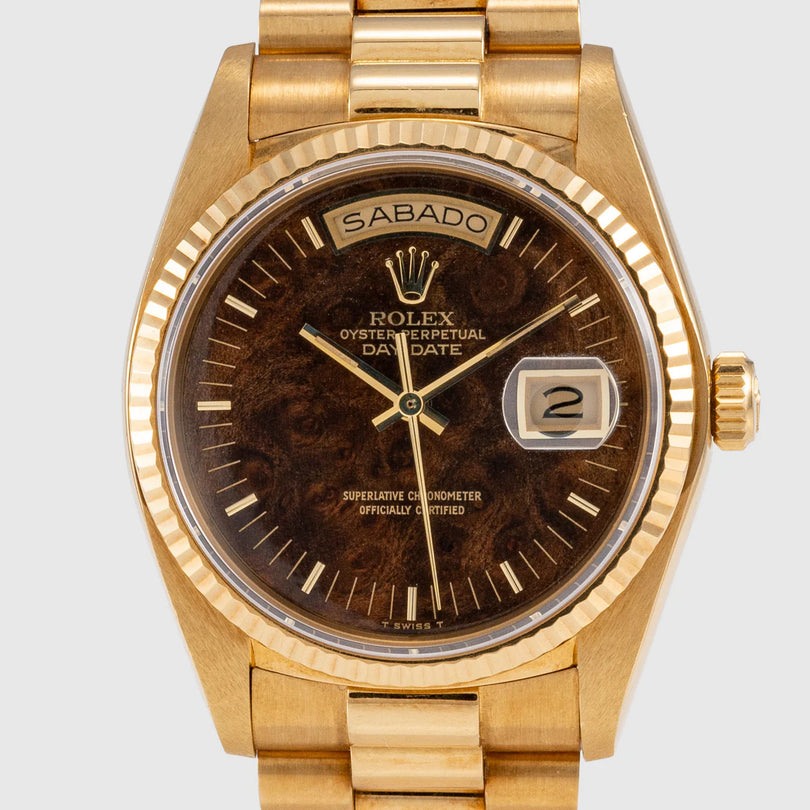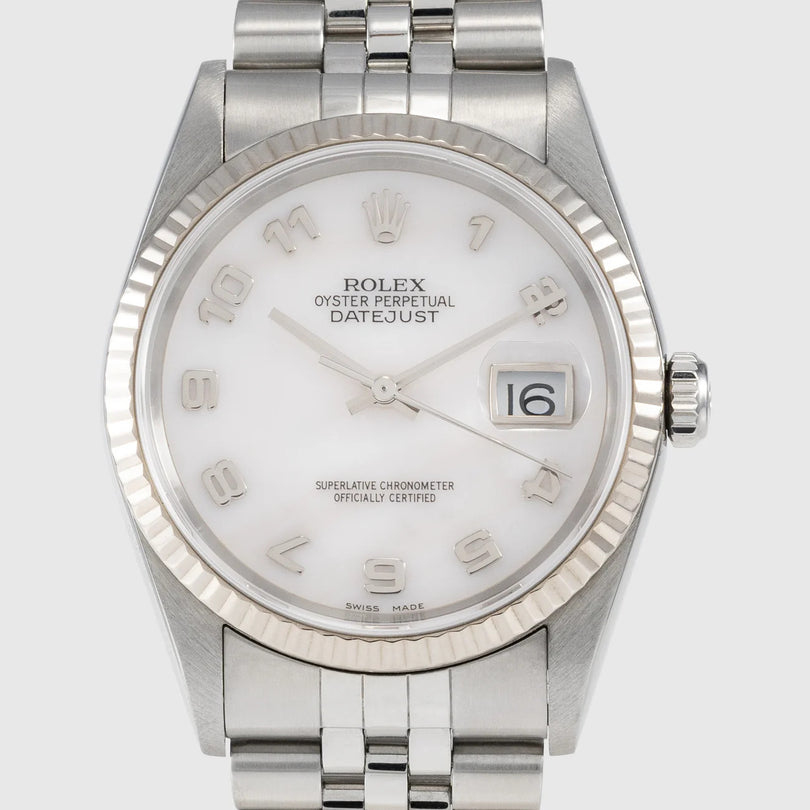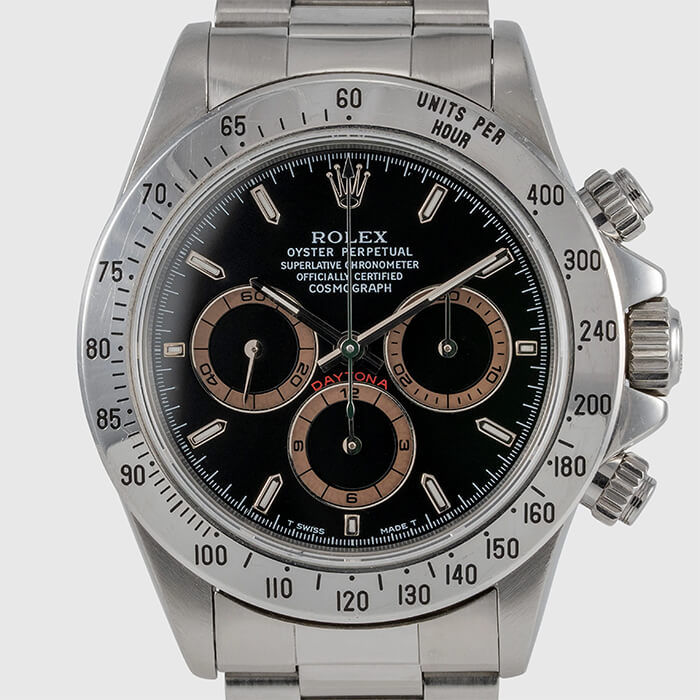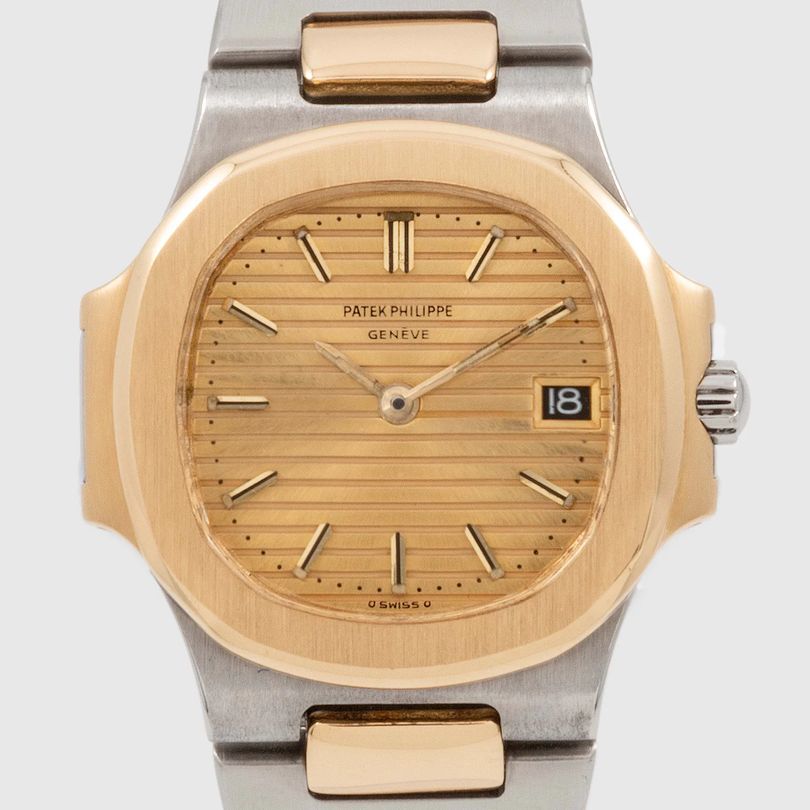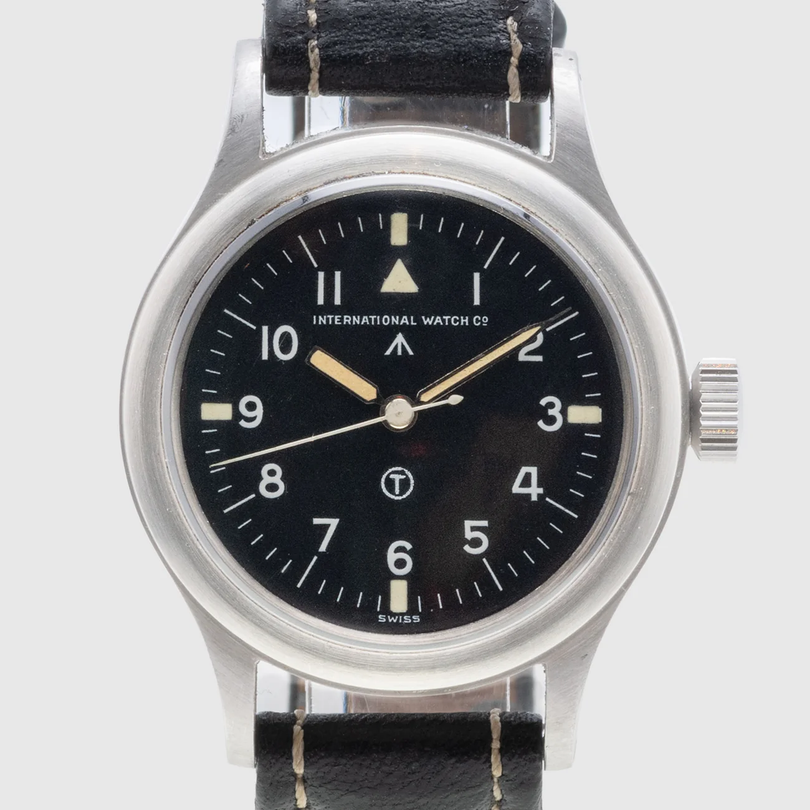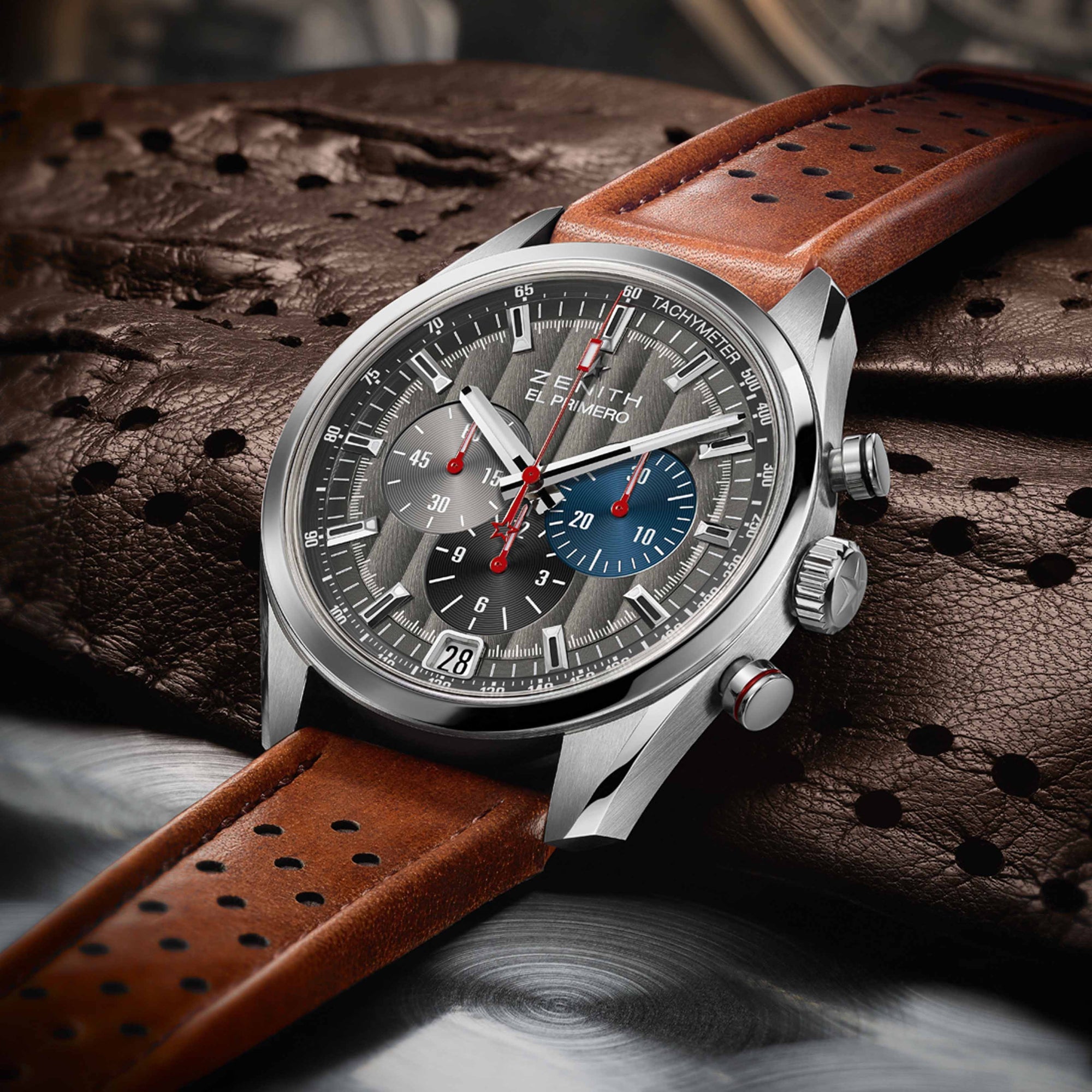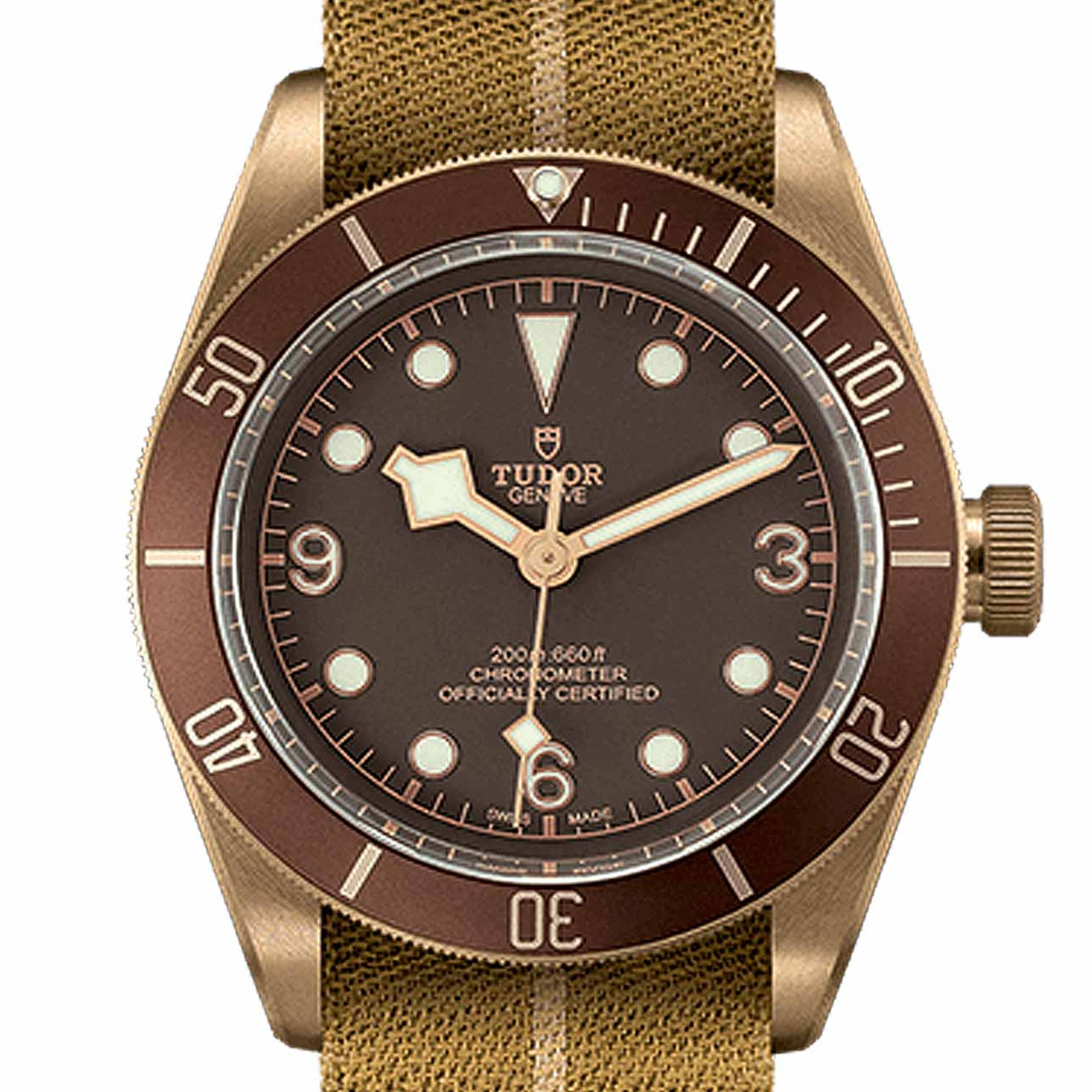I find it quite surprising just how many people wear watches with markings on the bezel, but don’t know how they work, or what the markings are actually for. If you’re one of those – this article is for you.

A watch can let you to do much more than just tell the time. You can tell how fast a moving object is going, remind yourself that your parking meter is running out, or time your oxygen supply during a deep sea dive.
Of course, you need to know how those mysterious markings on the bezel work in order to do that.
The Tachymeter Bezel
The tachymeter watch was originally a specialist watch – It’s an addition to the chronograph complication invented by Louis Moinet in 1816, and it’s used to measure average speed over a known distance.
Early watches with this function include the Heuer Autavia and the Omega Speedmaster (which was famously used on the Apollo 13 Mission).
If you want my opinion about the best possible watch with a tachymeter– it simply has to be the vintage Rolex Cosmograph Oyster Reference 6263 with a Panda Paul Newman dial.
Using this function isn’t actually that complicated:
Start the chronometer (stopwatch) and stop it after exactly one mile. The reading on the bezel next to the second hand gives you your average speed in miles per hour.
The same counts for kilometers per hour – provided you measure exactly one kilometer.
But that’s not all - you can use it to measure the hourly rate or the speed of just about anything.
Let’s say you’re measuring a runner doing the 100m sprint. Start the stopwatch when the gun goes off, and stop it when the runner crosses the line. Then divide the result by ten and you’ll get the runner’s speed in km/h.
In the same way you can calculate the number of units per hour on a production line, or how many people walk in and out of a door in an hour (without having to sit and count for an hour) – anything you like. A tachymeter is simply a means of converting elapsed time in seconds to the rate per hour. The scale on the bezel uses the formula S=3600/t. (There are 3600 seconds in an hour).
Usually the bezel markings are limited to between 10 and 60 seconds, so you just need to measure within that time frame.
Rotating Bezel with a 0-60 Scale

This is one of the most common kinds of bezel scales, especially popular on diver’s watches. It’s meant to simply measure elapsed time. Let’s say you have 30 minutes of air in your diving tank. What you do is to set the zero marker on the bezel to the current position showed by the minute hand. Then, before the minute hand reaches the “30” minute mark, you’ll need to come up for air.
Some bezels have the markings in reverse. This is handy if you want to remind yourself how much time is left before your meter runs out (or before your girlfriend gets home). It works the same way – just in reverse. Set the required amount of minutes to where the minute hand is, and it will count you down to zero.
There you have it - don’t be the man who wears a complicated watch, but doesn’t know how it works!

